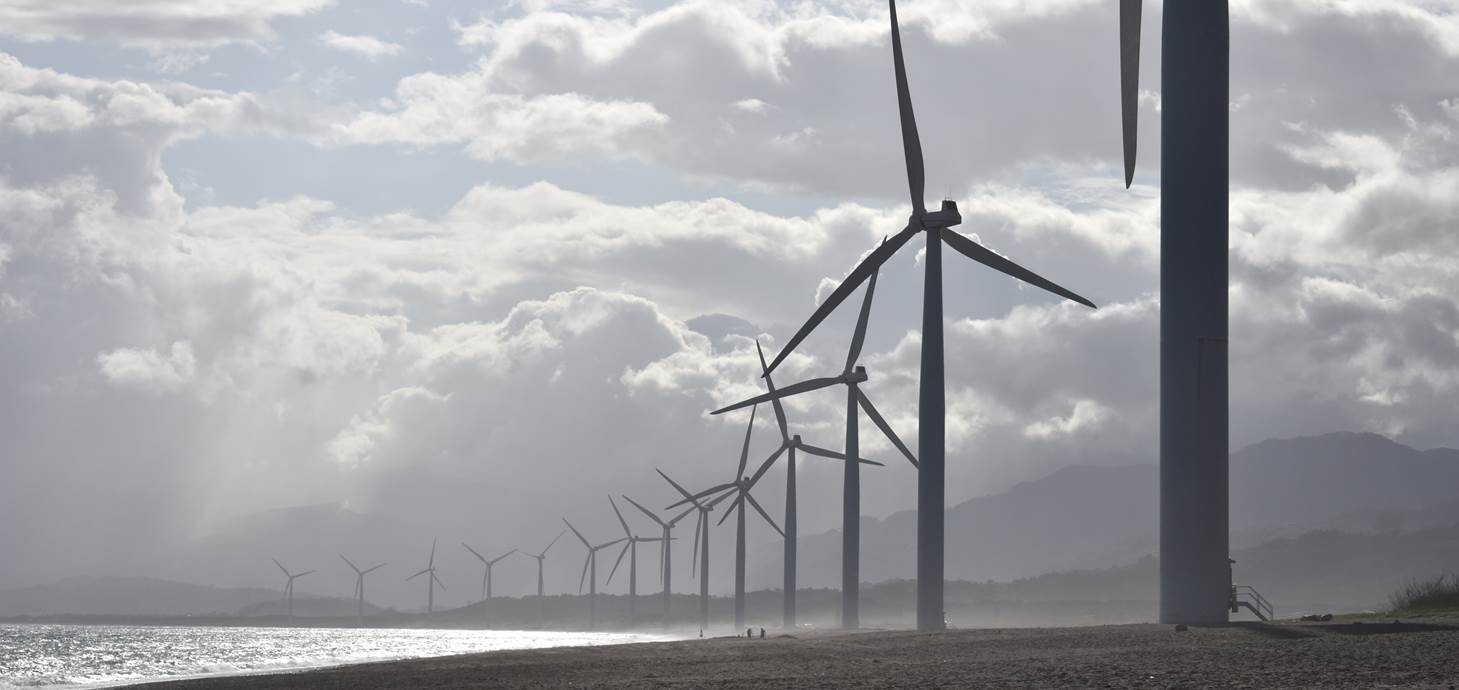These articles are now archived and will no longer be updated.

A team from the University's Energy Safety Research Institute will be examining how best to integrate renewable energy sources into the UK power grid, helping to cut carbon emissions, thanks to a new £244,000 research award from the Engineering and Physical Sciences Research Council.
The UK is committed to reducing its greenhouse gas emissions by at least 80% by 2050, relative to 1990 levels. Meeting this target will require a significant shift in the way energy is used and generated.
To reduce our dependency on fossil fuels, renewable energy sources, such as wind and solar energy, will need to be integrated into the power grid.
While the benefits of renewables are undisputable, there are certain areas that need to be addressed before they can be integrated into the power grid while maintaining safety and reliability.
This is because renewable energy sources have certain characteristics that differentiate them from traditional sources: they are less controllable, they cause unintended power flow patterns, and they impact voltage and current waveforms and the overall power quality of electricity.
More specifically, renewable energy sources, like all devices connected to the grid by means of power converters, generate harmonics, which are unwanted high frequency current and voltage components that can disrupt the electricity supply.
These are not necessarily problems in themselves, as long as there is a way to integrate variable renewable supplies into the grid without disrupting the system.
The research carried out for this project aims at assessing the expected levels of harmonics in the future UK power grid due to the integration of technologies that include renewable energy sources, electric vehicles and interconnectors.
Carrying out this assessment means developing accurate models of these devices and of the power system. At the same time, these models require some form of simplification because of the number of components involved.
Previous research has focused on either detailed power converter models, or the use of a large power system model with simplified converter representation.
This project aims at combining both aspects in a single model. This would be able to represent correctly harmonic generation from renewable sources, the transfer of harmonics between voltage levels, and the representation of statistical variations of harmonic levels in the system.
This research will be led by the Energy Safety Research Institute at Swansea University, in close collaboration with two industrial partners, National Grid and Measurable Ltd, and with the University of Texas at Austin.
The funding for the research has been awarded by the Engineering and Physical Sciences Research Council (EPSRC).
Dr Grazia Todeschini from the Energy Safety Research Institute at Swansea University, lead researcher on the project, said:
‘With increasing levels of renewable energy sources integrated in the UK power grid, we are reaching a tipping point where the impact of these devices on the day-to-day operation of the power grid is visible.
I and the project collaborators are delighted that EPSRC will support this research and we look forward to contribute to the further integration of renewable energies into the UK power grid’.
